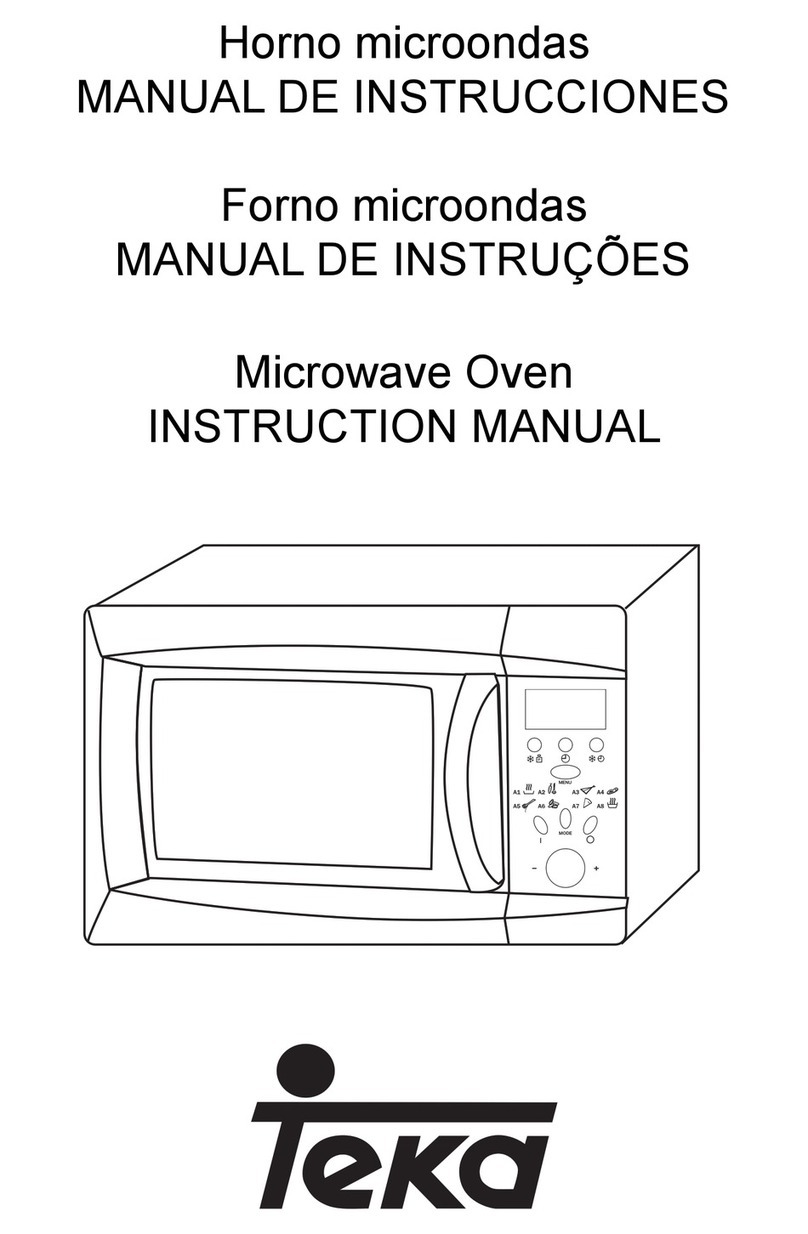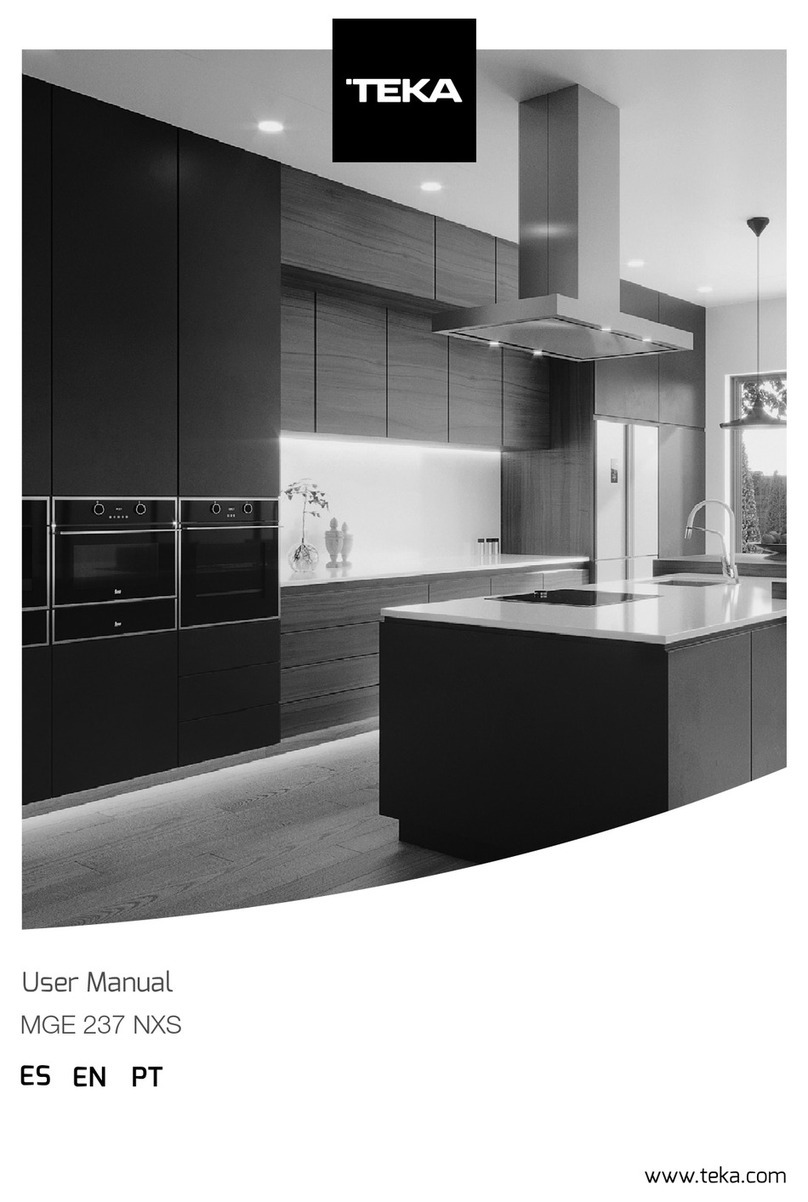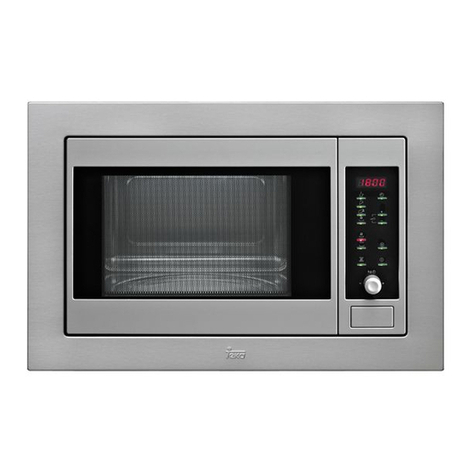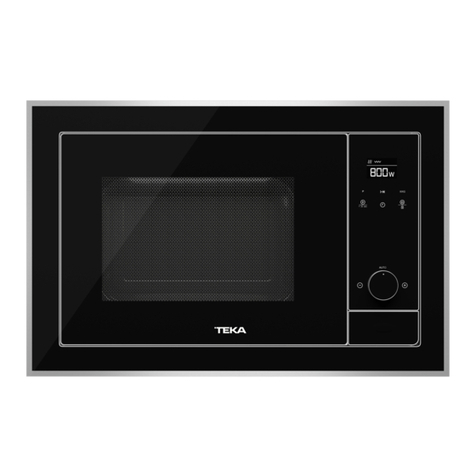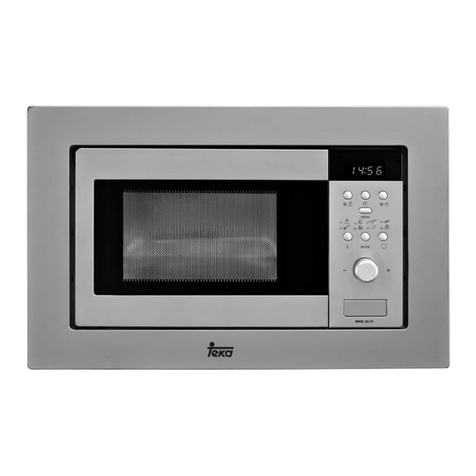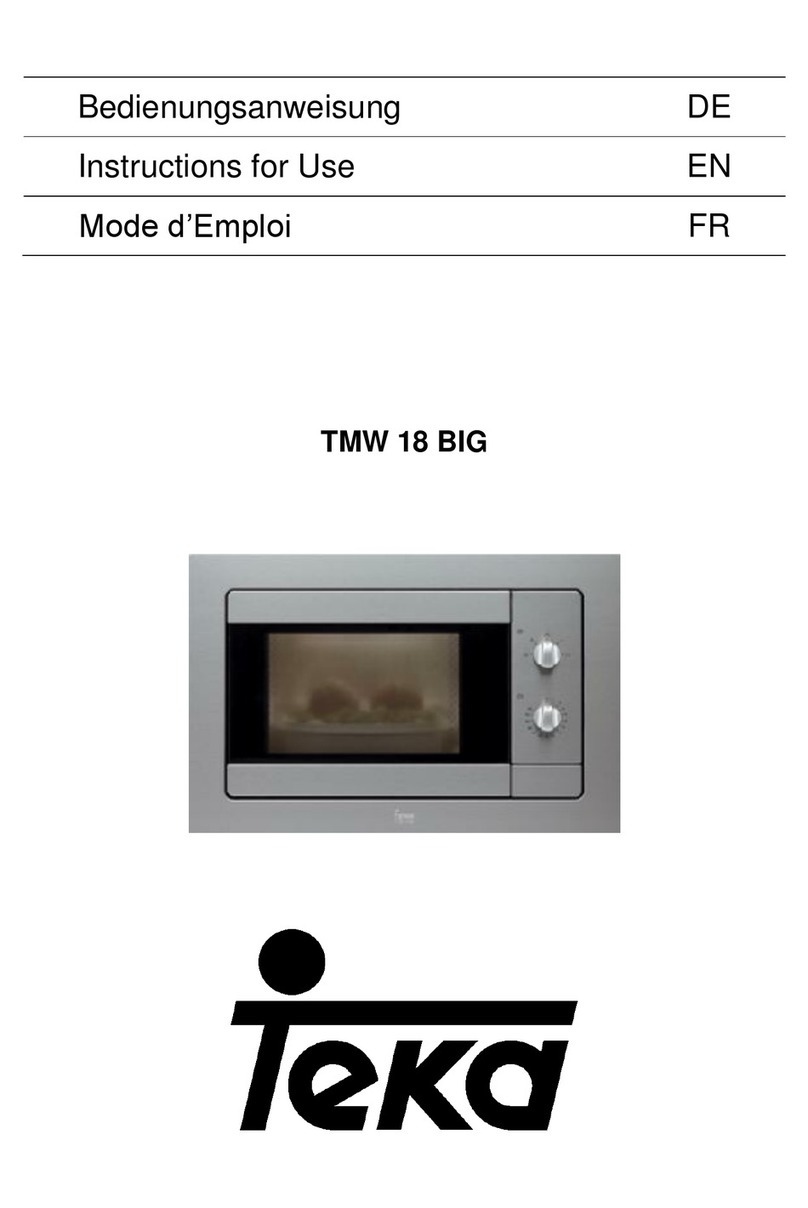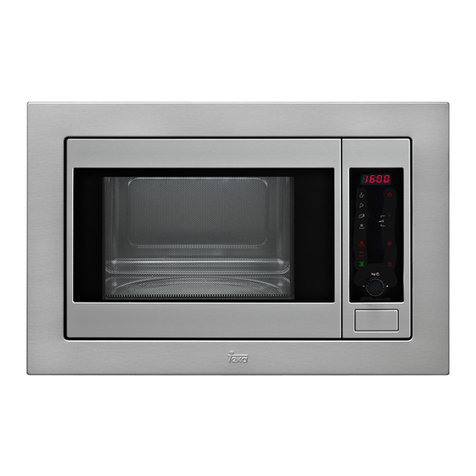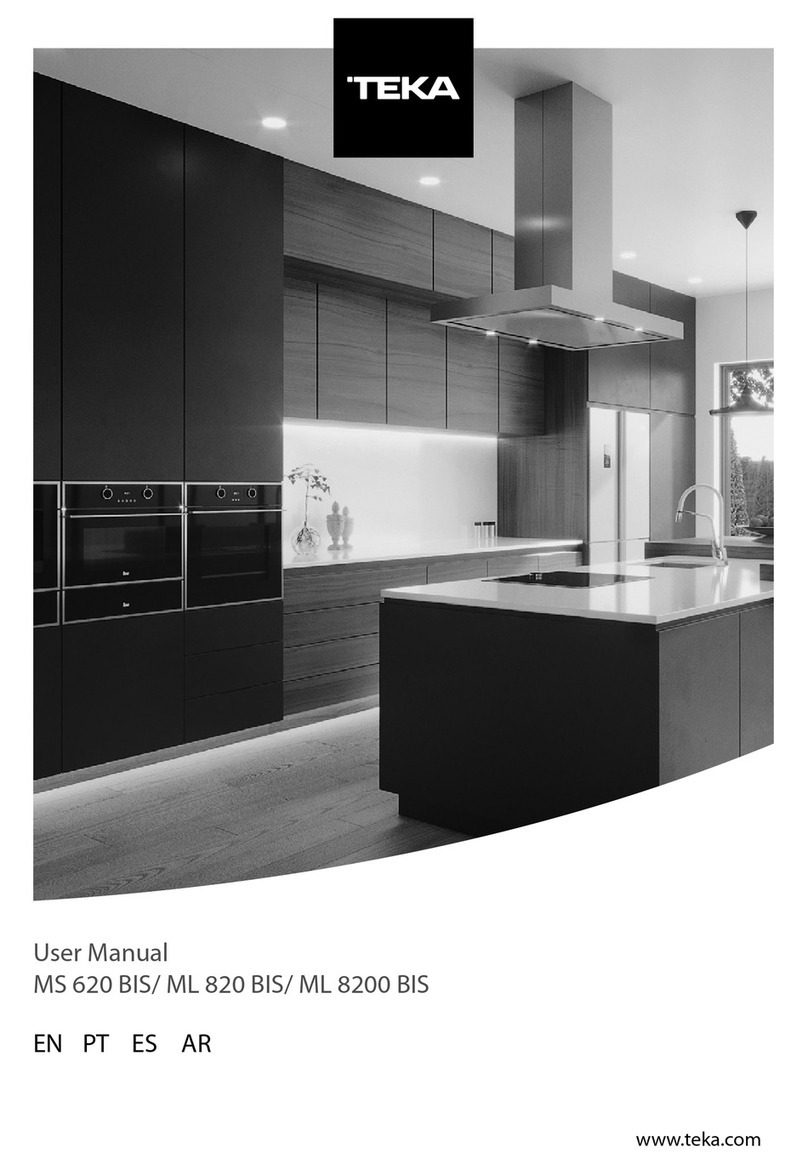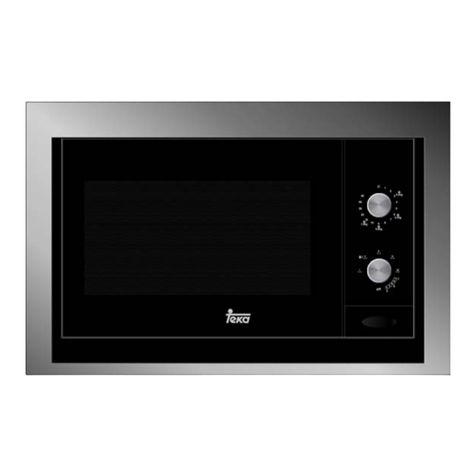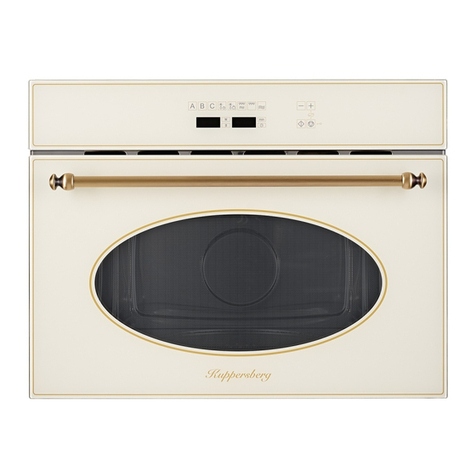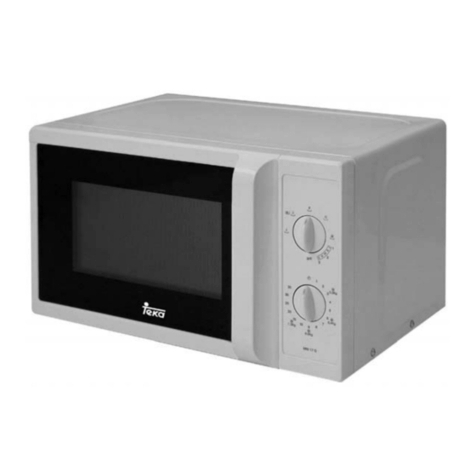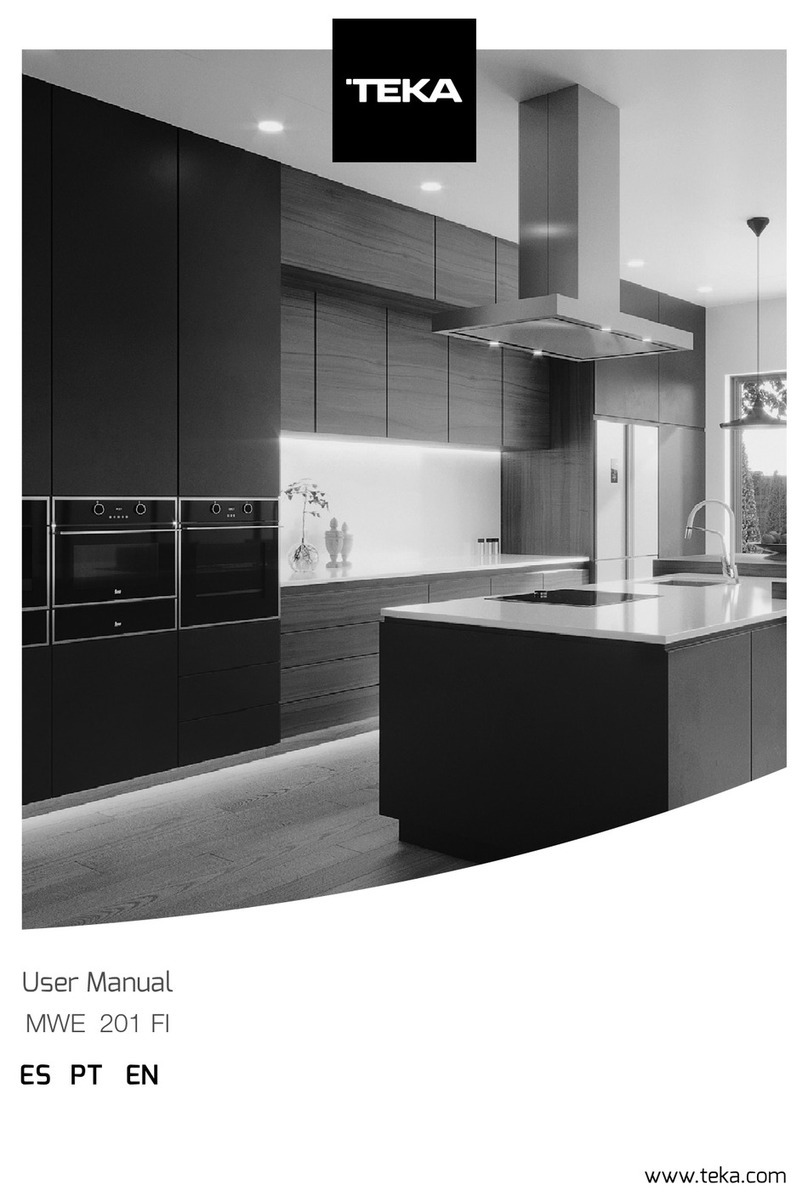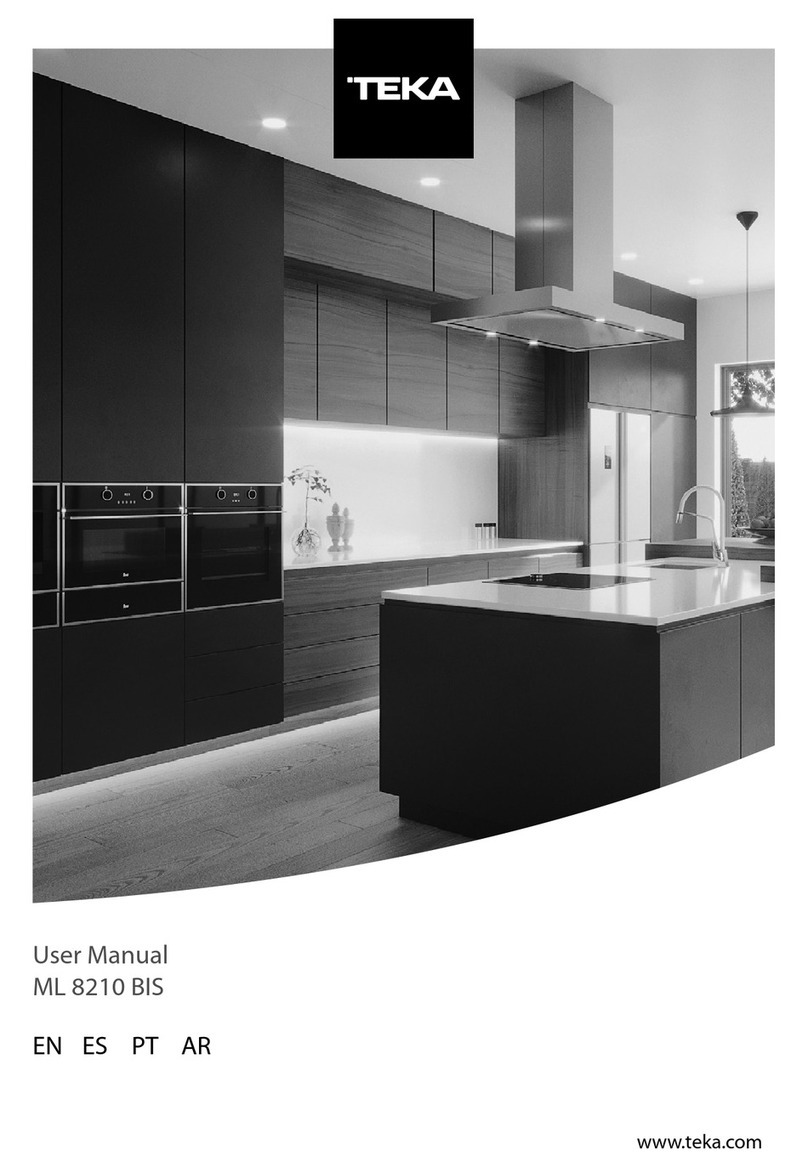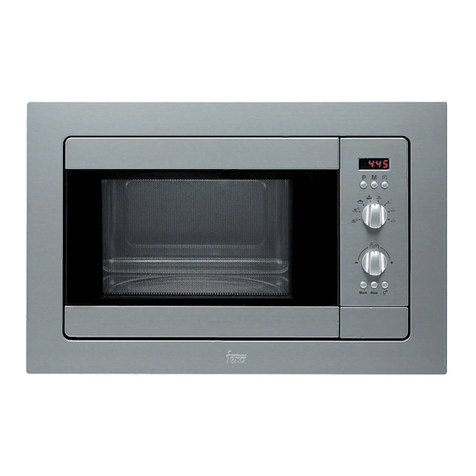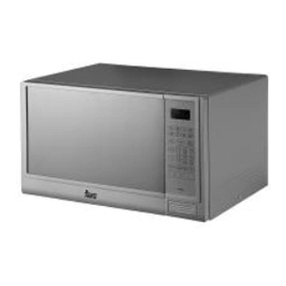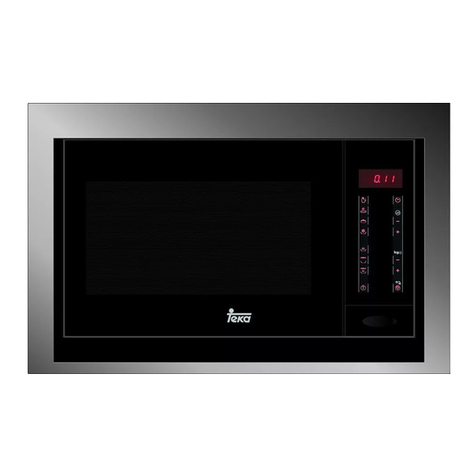Table of contents
Safety tips..........................................................................................................................................28
Installation instructions ...................................................................................................................30
Description of the appliance............................................................................................................31
Setting the clock .............................................................................................................................31
Advantages of the microwave oven................................................................................................32
Microwave oven operating mode....................................................................................................32
Why the food is heated...................................................................................................................32
Instructions for use ..........................................................................................................................33
Function: Microwave.......................................................................................................................33
Function: Grill .................................................................................................................................34
Function: Microwave + Grill ............................................................................................................34
Function: Defrosting by weight (automatic).....................................................................................34
Function: Defrosting by time (manual)............................................................................................35
Special functions: DRINKS.............................................................................................................35
Special functions: PIZZA ................................................................................................................35
Special functions: CHICKEN ..........................................................................................................35
Programming the microwave...........................................................................................................36
Safety lock......................................................................................................................................36
During operation...............................................................................................................................37
Function interruption.......................................................................................................................37
End of programme..........................................................................................................................37
Energy Saving ................................................................................................................................37
Defrosting..........................................................................................................................................38
General tips for defrosting ..............................................................................................................39
Cooking with microwaves................................................................................................................40
Important tips!.................................................................................................................................41
Tables and suggestions – Cooking vegetables ..............................................................................42
Tables and suggestions – Cooking fish..........................................................................................42
Cooking with Grill.............................................................................................................................43
Tables and suggestions – Grill without microwave.........................................................................44
Tables and tips – Microwave and grill.............................................................................................45
What type of containers may be used? ..........................................................................................46
Microwave function.........................................................................................................................46
Test the dishes ...............................................................................................................................46
Grill function....................................................................................................................................46
Combined function..........................................................................................................................46
Aluminium containers and foils.......................................................................................................46
Lids.................................................................................................................................................46
Table – dishware ............................................................................................................................47
Cleaning and care.............................................................................................................................48
Troubleshooting ...............................................................................................................................49
Technical Features ...........................................................................................................................50
Description of functions of buttons..................................................................................................50
Specifications .................................................................................................................................50
